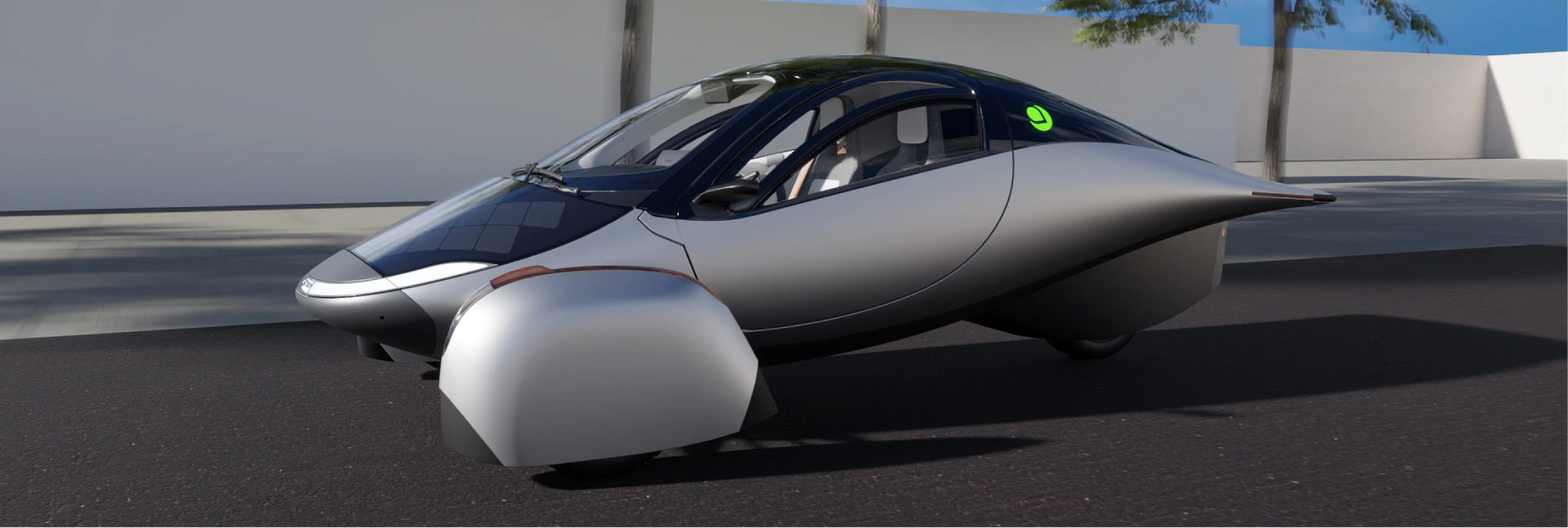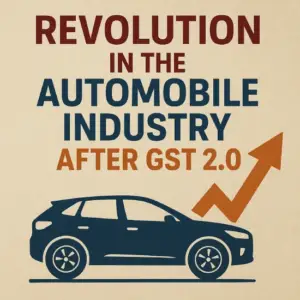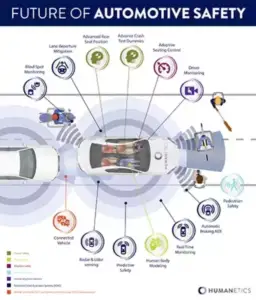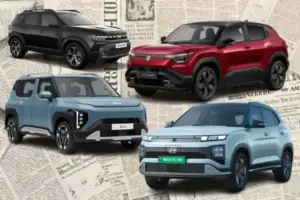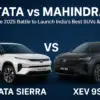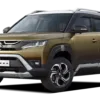The future of sustainable transportation is shining brighter than ever, thanks to the rapid development of solar-powered cars. In 2026, these innovative vehicles are set to redefine eco-friendly travel by harnessing the limitless energy of the sun.
Solar-powered cars use photovoltaic cells embedded on their roofs or body panels to convert sunlight into electricity, which powers the car’s battery. This breakthrough reduces dependency on traditional fuel sources, cutting down emissions significantly. Companies like Lightyear and Sono Motors are leading this transformation with vehicles that promise extended range and reduced charging requirements.
Imagine a car that charges itself while parked or even while driving under sunlight. Not only does this technology address the energy crisis, but it also offers substantial savings for consumers by lowering fuel and maintenance costs.
Leading models to watch in 2026 include the Lightyear 2, with a range of 800 km on a single charge, and the Sono Sion, which integrates solar panels seamlessly into its design. These vehicles are tailored for a sustainable future where clean energy meets practical transportation.
The automotive industry is undergoing a profound transformation, and solar-powered cars are emerging as one of the most exciting developments. In 2026, these vehicles are revolutionizing sustainable transportation by harnessing the sun’s energy to power our journeys. With climate change becoming an urgent global concern, solar cars offer a cleaner, greener alternative to traditional internal combustion engines and even conventional electric vehicles.
What Are Solar-Powered Cars?
Solar-powered cars are equipped with photovoltaic cells integrated into their surfaces, often on the roof or body panels. These cells capture sunlight and convert it into electricity, which is stored in the car’s battery. This stored energy powers the electric motor, reducing dependency on fossil fuels and grid electricity.
Leading automotive innovators such as Lightyear and Sono Motors have introduced vehicles that incorporate this cutting-edge technology, making solar energy a practical solution for everyday use.
Advantages of Solar-Powered Cars
- Sustainability: Solar cars rely on renewable energy, significantly reducing greenhouse gas emissions.
- Cost Efficiency: By charging directly from sunlight, drivers save on fuel and electricity costs.
- Energy Independence: With solar-powered vehicles, users are less dependent on charging stations or fuel networks.
- Reduced Maintenance: Electric motors and solar panels require less upkeep than traditional engines.
Key Models in 2026
- Lightyear 2: This vehicle boasts a remarkable range of up to 800 kilometers per charge. Its lightweight design and efficient solar panels maximize energy utilization.
- Sono Sion: A family-friendly car with 248 solar cells seamlessly integrated into its body, providing up to 35 kilometers of free daily range.
Challenges to Overcome
Despite their potential, solar-powered cars face challenges, including:
- Efficiency Limits: Current solar panel technology only converts about 20% of sunlight into usable energy.
- Weather Dependency: Overcast days can reduce energy production.
- High Initial Costs: The technology is expensive, but costs are expected to decrease as adoption grows.
The Future of Solar Cars
As advancements in photovoltaic technology continue, solar-powered cars will become increasingly efficient and affordable. Governments worldwide are incentivizing green energy solutions, accelerating the growth of solar infrastructure.

